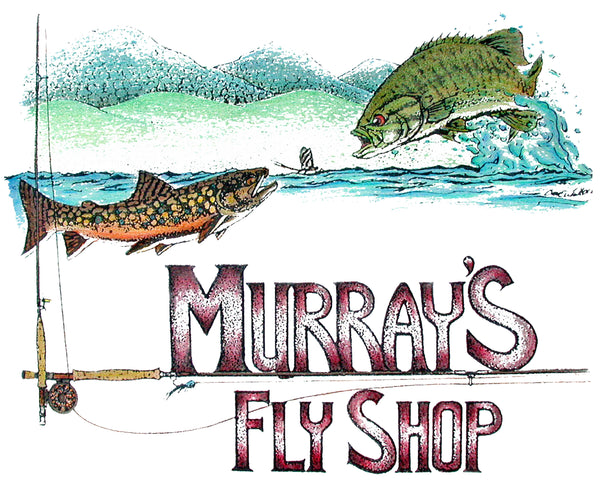Catching Smallmouth Bass Around Aquatic Grassbeds
Catching Smallmouth Bass Around Aquatic Grassbeds
article by Harry Murray
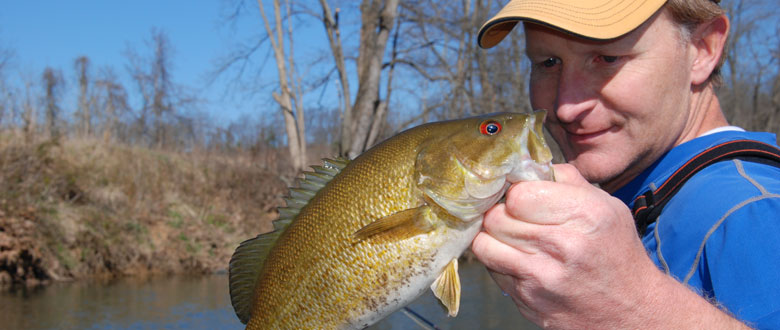
Aquatic grassbeds are my favorite places to fish for smallmouth bass. From the time they form in the middle of the summer until fall I go out of my way to devote a great amount of time to these areas because they provide an abundance of food and cover for the bass...and they seldom let me down in the number and size of the bass I catch.
The approach I use in teaching the anglers in my fly fishing on the stream schools to fish these areas will give you a great understanding of how to master these grassbeds.
Since the tactics and flies which are effective in grassbeds located in various parts of the rivers varies let's examine the five different areas in which I find excellent smallmouth action.
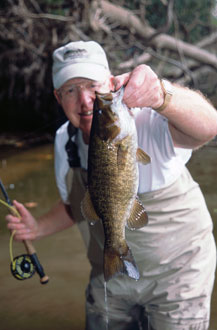
The back eddies which are often found on the side of the river where the current is the slowest below the riffles often range from 20 to 50 feet in diameter. Frequently these become great feeding areas where aquatic grass collects in floating islands from 5 to 10 feet in diameter. These drift around and around as the current shunts them about. The slow currents here make it very easy for the bass to cruise these back eddies and feed on any food items that are trapped in the grass or pushed around by it.
I catch many bass here on the Shenandoah Carolina Blue Popper size 4 by systematically casting it to different spots throughout the eddy. A gentle line hand strip-pause-strip teasing bug action usually gives me the largest bass.
Many river banks have thick aquatic grassbeds that begin where the water is two to three feet deep. These grassbeds extend out into the river ten to fifteen feet and reach downstream for up to 100 feet. Due to the shallow depth of the river here the large bass appear to be too wary to feed here for long time periods. They tend to feed here with hit and run tactics, usually at dawn and dusk, as they race in to grab shiner minnows. When I spot these minnow-chases I cast a Silver Outcast Streamer size 4 out in front of the marauding bass and strip it sharply to attract him. After landing and releasing this bass I observe the rest of the close by grassbed carefully for other bass. Frequently I locate several more large bass feeding in a shallow aquatic grassbed that reaches down the river 100 feet. Once I spot these feeding bass I wade carefully to within casting distance and fish for each one individually.
Just downstream the grassbeds often continue but the river here becomes deeper. The water along the edge of the grass ranges from four to six feet deep and the bass cruise these edges and pick off any shiner minnows they can find. Many rivers such as the Potomac and South Fork of the Shenandoah have these wonderful grassbeds reaching a hundred yards downstream. Due to the depth of the water I use different flies and tactics than I do along the shallow grassbeds.
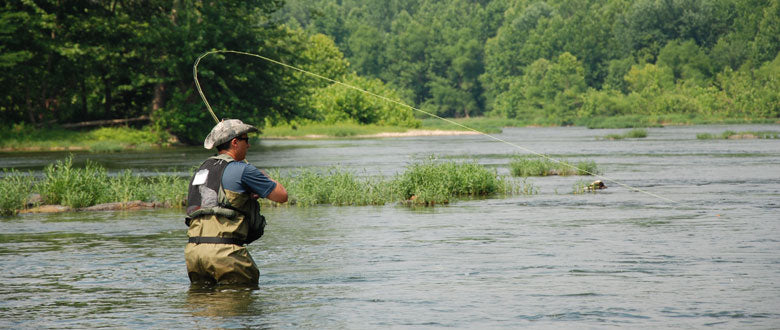
My favorite fly here is the Murray's Heavy Shiner Streamer size 6. My most productive tactic is to wade or float down the river 50 feet out from the deep grassbed and cast my streamer in close to it. I give it time to sink then strip it 6 inches every 5 seconds until I swim it out 20 feet from the grass then I pick it up and cast it to a new spot 10 feet further downstream. By continuing this method for the full length of the grassbed I usually catch many nice bass. This method is easy to master and many anglers in my fishing schools catch some of their largest bass in this way.
Many rivers have ledges that reach across most of the stream perpendicular to the current where these ledges reach within inches of the surface of the river. They slow the current enough downstream of them to permit aquatic grassbeds to grow thickly. These grassbeds provide homes for the shiner minnows as well as large populations of damselfly nymphs in water ranging from two feet deep to five feet deep. I like to fish these grassbeds from the downstream side of the ledges by wading or floating depending on the depth of the river. Similar tactics to those used on the bank grassbeds are effective here; that is, from about 50 feet out from the grass cast a streamer in tight to it and swim it out by stripping it 6 inches every 5 seconds. If the water is shallow I get my best results with a Silver Outcast Streamer size 4. If the water is over 4 feet deep I do best with the Murray's Heavy Shiner Streamer size 6. Late in the season when the rivers get low and the bass become wary we often catch some of our largest bass with Damselfly Nymphs size 10 along these grassbeds. For example, an angler in my school during the first day had a very large bass follow several streamers along a grassbed but would not take any of them. The second day he went back and caught him on his first cast with a Damselfly Nymph size 10. It was the largest bass he had ever caught.
There is a slight difference in some of these river-crossing ledges where there are thick grassbeds on the downstream side that provides outstanding fishing. I'm referring to those ledges which have gaps in them from 10 to 20 feet wide which allow the river to rush through.
A very effective tactic is to position yourself 10 feet downstream of the ledge and 20 feet back from the edge where the river rushes through the gap in the ledge. Cast the Heavy Shiner Streamer across the current and after it sinks deeply I swim it across the stream bottom with a slow line-hand stripping action. Often bass feed actively in this cut and along the sides where it meets the slow water for well over a hundred feet down into the pool. To catch these fish I wade slowly downstream, pausing every few steps to repeat this same streamer-swimming action. If the current is very fast through this cut I find that a Scientific Anglers Sinking Tip III line with a 6 foot sinking 2X leader helps me catch more large bass.
My favorite smallmouth bass fly rod is 9 feet long that balances with a 7-weight line which has a smooth gradual loading action and a strong tip. I like lightweight single action reels which weight about 4 ounzes. I use a weight forward seven floating line (WF-7-F) for most of my smallmouth fishing. I do go to a weight forward seven sink tip III (WF-7-F/S) where the water is too deep or fast to fish effectively with a floating line. When I encounter extremely fast currents or very deep water I use a fast sinking head line with a 30 foot head which sinks from 4 to 8 inches per second.
I use my Murray's Bright Butt 9ft 2X Hand Tied Knotted Leader with my floating fly lines. When I use a sinking tip or sinking head fly line I use my Murray's Sinking Fluorocarbon 6ft 2X in order to achieve the best deep swimming action with my flies.
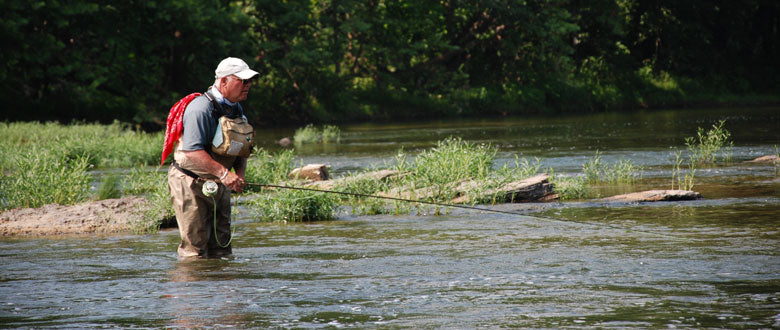
-
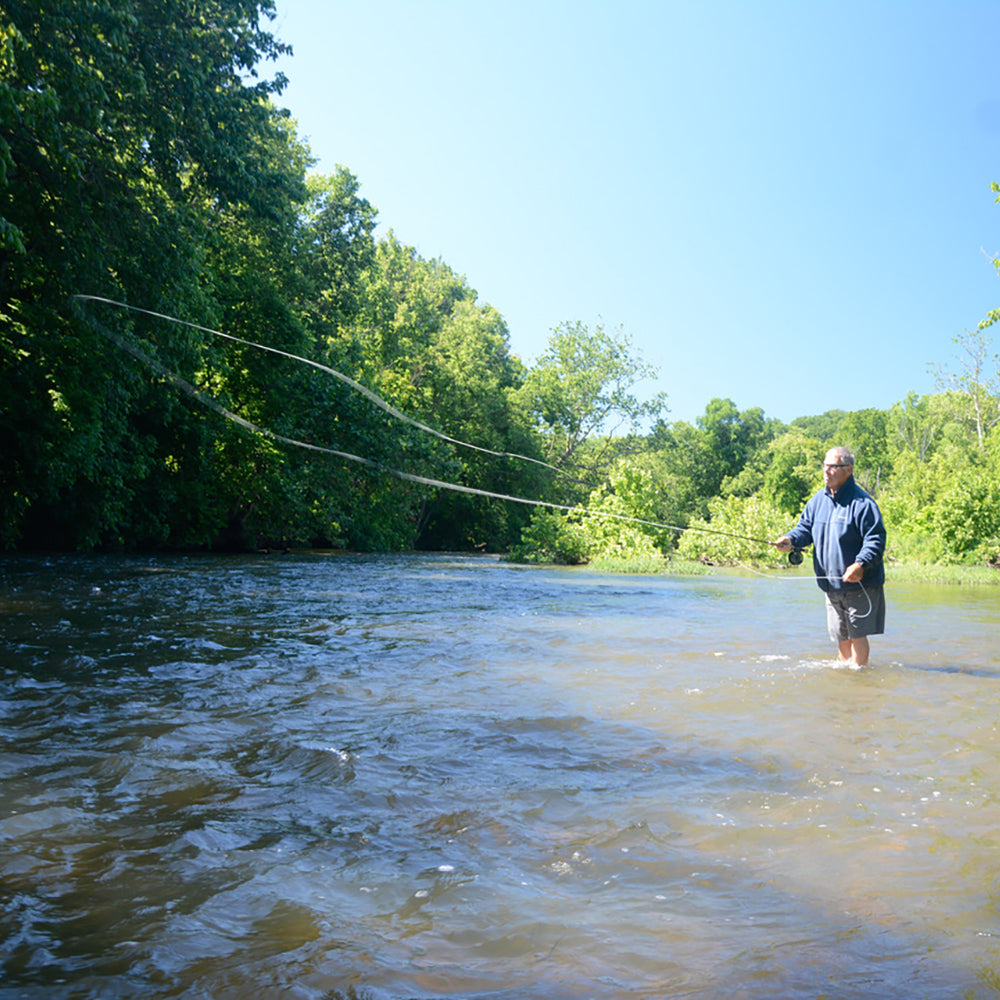
Learn Fly Fishing at Murray’s Fly Shop: Classes, Workshops & Schools
Welcome to Murray’s Fly Shop – Your Fly Fishing Learning Hub At...
-
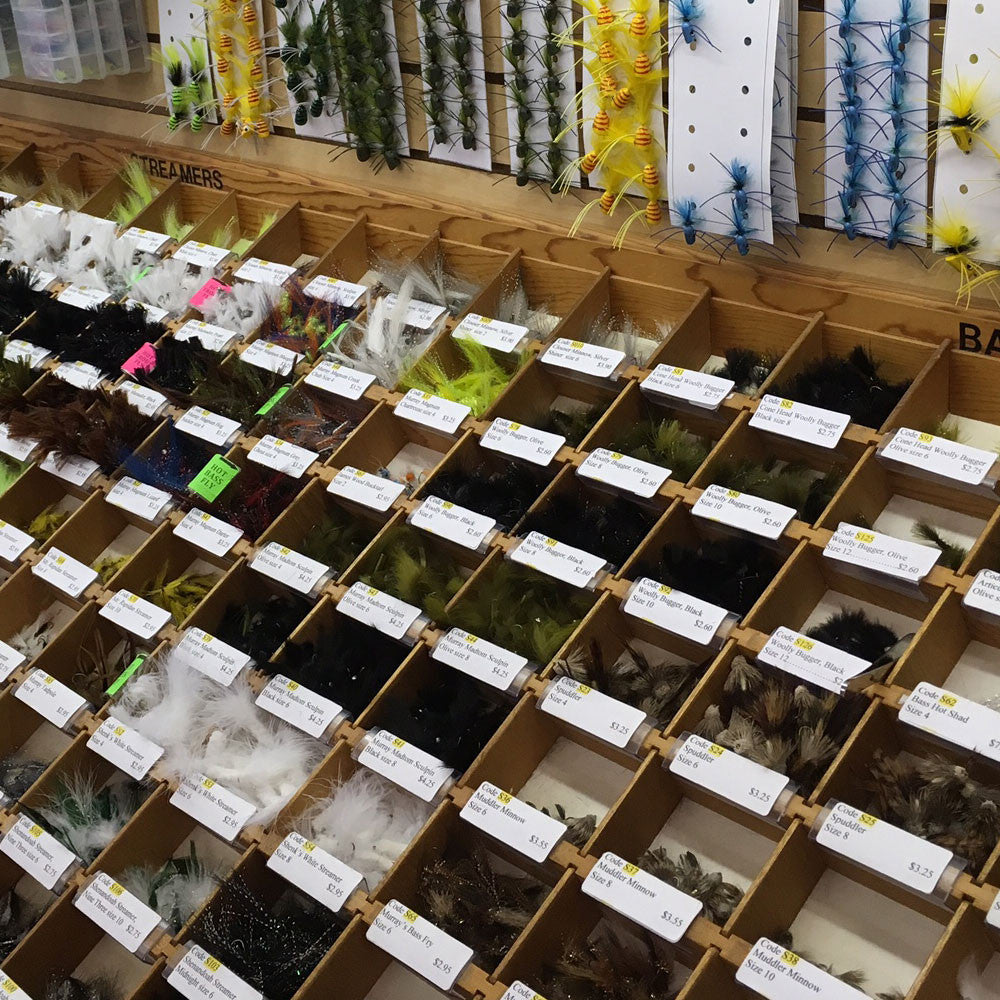
Featured Flies of the Month
Harry Murray's recommended fly list for this time of the year. (March...
-
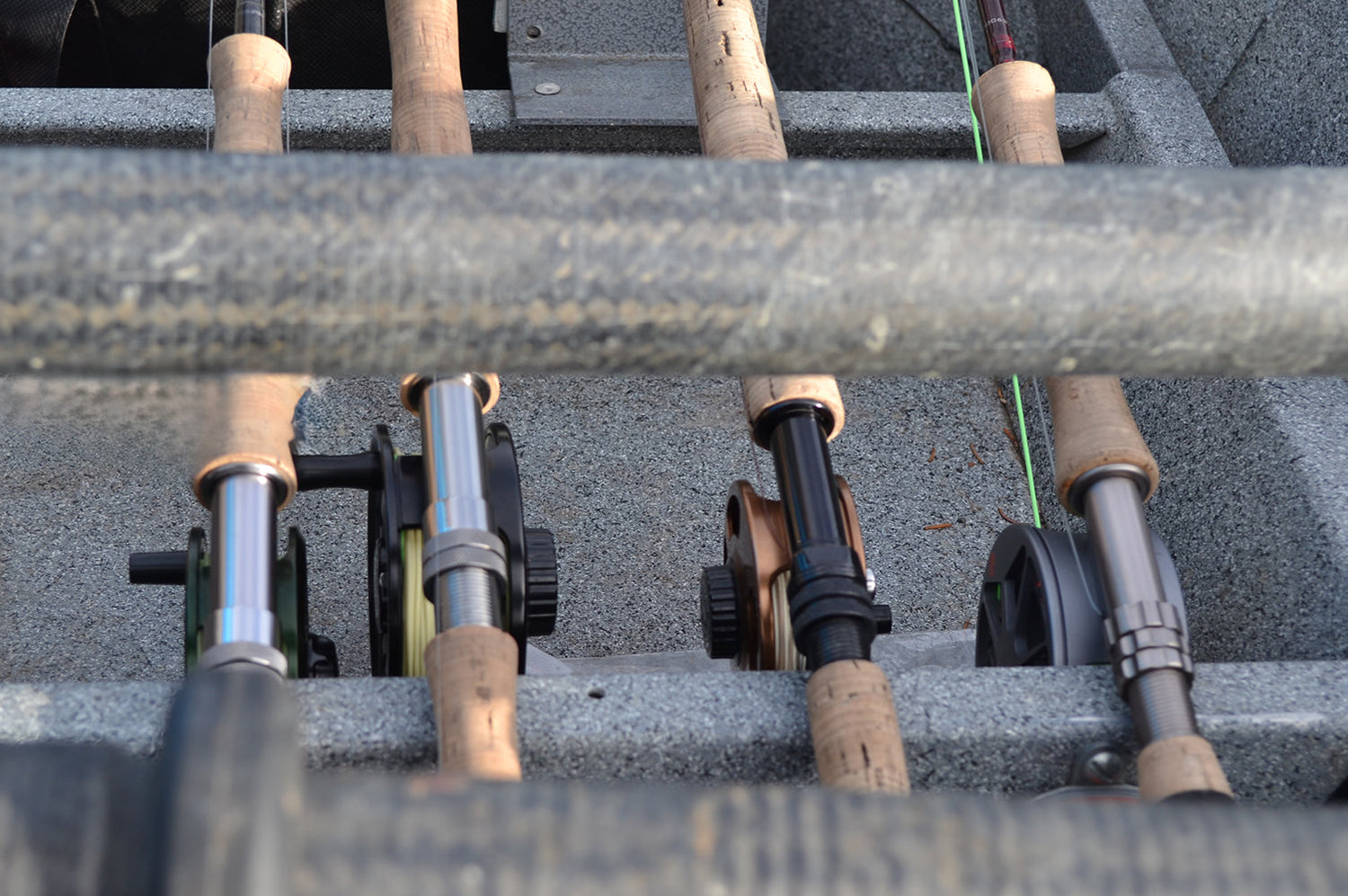
Fly Fishing Rod Outfits
Fly Fishing Rod and Reel Outfits for Smallmouth Bass fly fishing, Trout...
